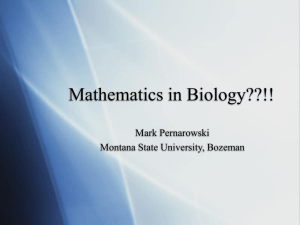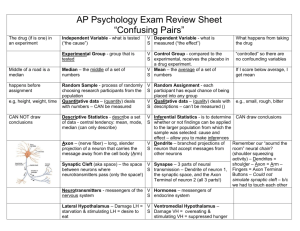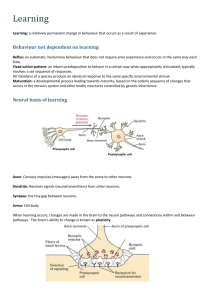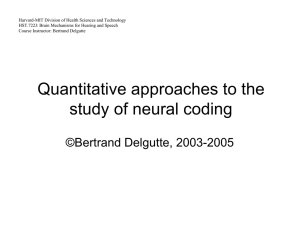Psychology Unit 4 Outcome 1
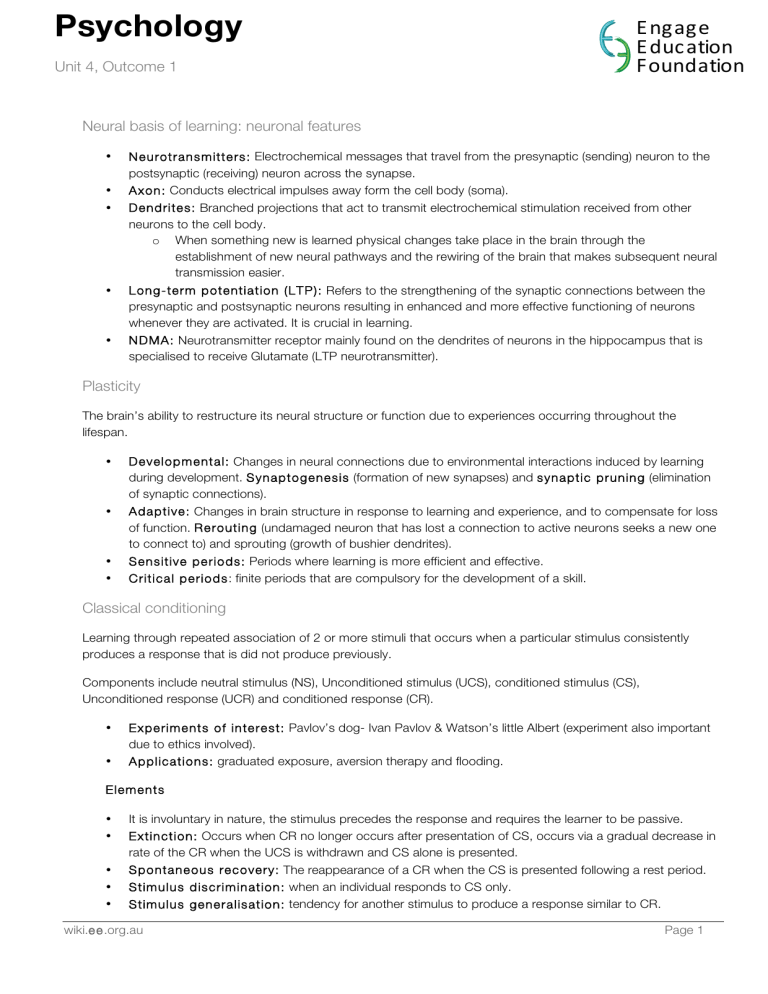
Psychology
Unit 4, Outcome 1
Engage
Education
Foundation
Neural basis of learning: neuronal features
• Neurotransmitters: Electrochemical messages that travel from the presynaptic (sending) neuron to the postsynaptic (receiving) neuron across the synapse.
• Axon: Conducts electrical impulses away form the cell body (soma).
• Dendrites: Branched projections that act to transmit electrochemical stimulation received from other neurons to the cell body. o When something new is learned physical changes take place in the brain through the establishment of new neural pathways and the rewiring of the brain that makes subsequent neural transmission easier.
• Long-term potentiation (LTP): Refers to the strengthening of the synaptic connections between the presynaptic and postsynaptic neurons resulting in enhanced and more effective functioning of neurons whenever they are activated. It is crucial in learning.
• NDMA: Neurotransmitter receptor mainly found on the dendrites of neurons in the hippocampus that is specialised to receive Glutamate (LTP neurotransmitter).
Plasticity
The brain’s ability to restructure its neural structure or function due to experiences occurring throughout the lifespan.
• Developmental: Changes in neural connections due to environmental interactions induced by learning during development. Synaptogenesis (formation of new synapses) and synaptic pruning (elimination of synaptic connections).
• Adaptive: Changes in brain structure in response to learning and experience, and to compensate for loss of function. Rerouting (undamaged neuron that has lost a connection to active neurons seeks a new one to connect to) and sprouting (growth of bushier dendrites).
• Sensitive periods: Periods where learning is more efficient and effective.
• Critical periods: finite periods that are compulsory for the development of a skill.
Classical conditioning
Learning through repeated association of 2 or more stimuli that occurs when a particular stimulus consistently produces a response that is did not produce previously.
Components include neutral stimulus (NS), Unconditioned stimulus (UCS), conditioned stimulus (CS),
Unconditioned response (UCR) and conditioned response (CR).
• Experiments of interest: Pavlov’s dog- Ivan Pavlov & Watson’s little Albert (experiment also important due to ethics involved).
• Applications: graduated exposure, aversion therapy and flooding.
Elements
• It is involuntary in nature, the stimulus precedes the response and requires the learner to be passive.
• Extinction: Occurs when CR no longer occurs after presentation of CS, occurs via a gradual decrease in rate of the CR when the UCS is withdrawn and CS alone is presented.
• Spontaneous recovery: The reappearance of a CR when the CS is presented following a rest period.
• Stimulus discrimination: when an individual responds to CS only.
• Stimulus generalisation: tendency for another stimulus to produce a response similar to CR. wiki.ee.org.au Page 1
• Acquisition: an organism learns to associate a CS with UCS.
Operant conditioning
Learning whereby the likelihood of a particular response is determined by the consequences of that response.
Components include 3 phase model: discriminative stimulus (S), operative response (R) & consequence (C), positive and negative reinforcement, response cost, punishment and schedules of reinforcement (fixed ratio, variable ratio, fixed interval and variable interval).
• Applications: shaping and token economies.
• Experiment of interest: BF Skinner’s rat experiments.
Elements
• Can be voluntary (mostly) and involuntary, stimulus occurs after the desired response and requires an active role from the learner.
• Extinction: Occurs when the R disappears over time as the reinforcement decreases. It takes longer to disappear if partial reinforcement is used.
• Spontaneous recovery: The reappearance of an extinguished response after a rest period, with the response usually being weaker in nature.
• Stimulus discrimination: Occurs when the organisms learn which responses are reinforced and which are not.
• Stimulus generalisation: Response to stimulus similar to original stimulus.
• Acquisition: Behaviour that is reinforced is more likely to be repeated and ones that are punished are less likely to occur. Behaviour is generally more complex than in classical conditioning.
Observational learning and trial-and-error learning
Observational leaning: Occurs when someone observes another person’s actions and their consequences to guide their future actions. Albert Bandura’s experiments led to the social learning theory. The 5 components include
attention
(observer must actively watch the model when completing the task and observe distinctive features),
retention
(the observer makes a mental representation of the steps of the behaviour),
reproduction
(the observer must have the ability to perform the behaviour),
motivation
(the learner must want to perform the behaviour) &
reinforcement
(increases the likelihood of replication of behaviour).
Trial- and-error learning: Involves learning by trying out alternative possibilities until the desired outcome is achieved. Involves
motivation
,
exploration
,
incorrect and correct responses
and
reward
s. wiki.ee.org.au Page 2




